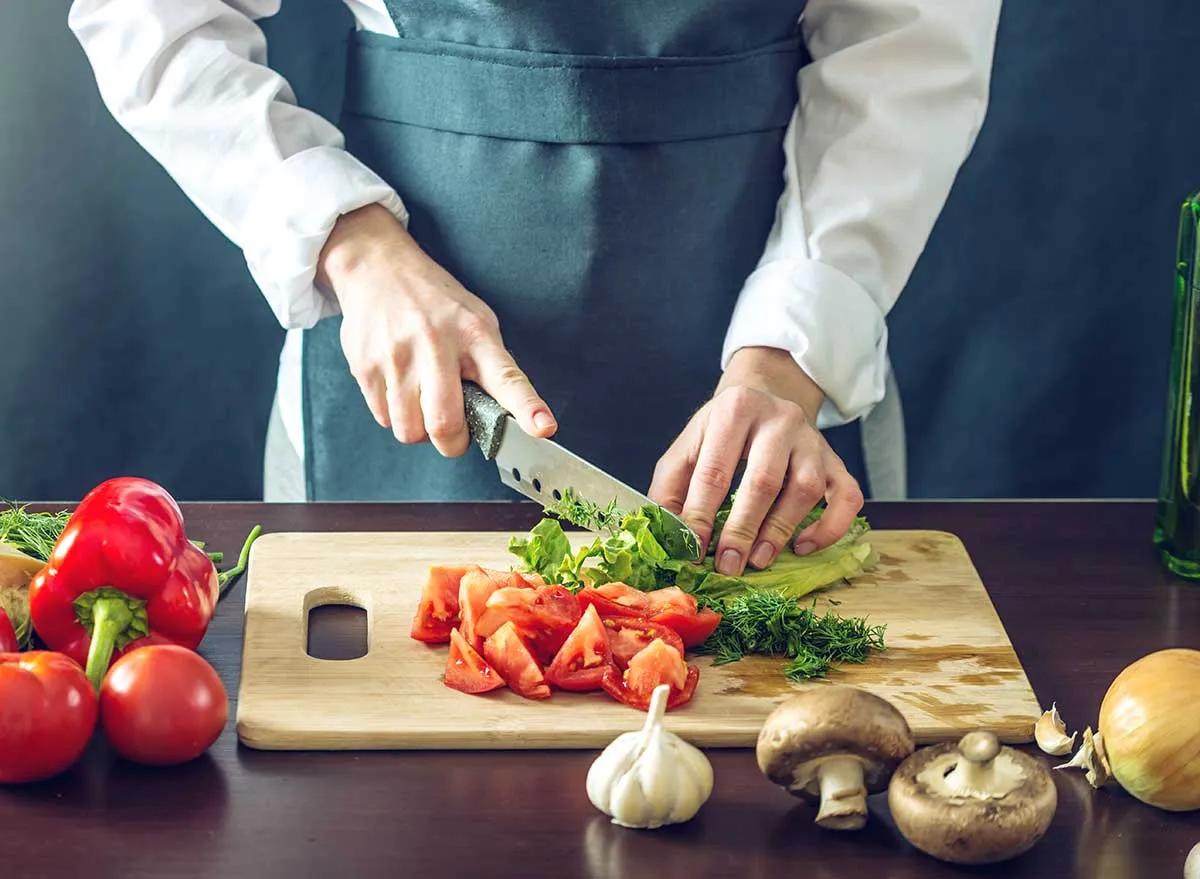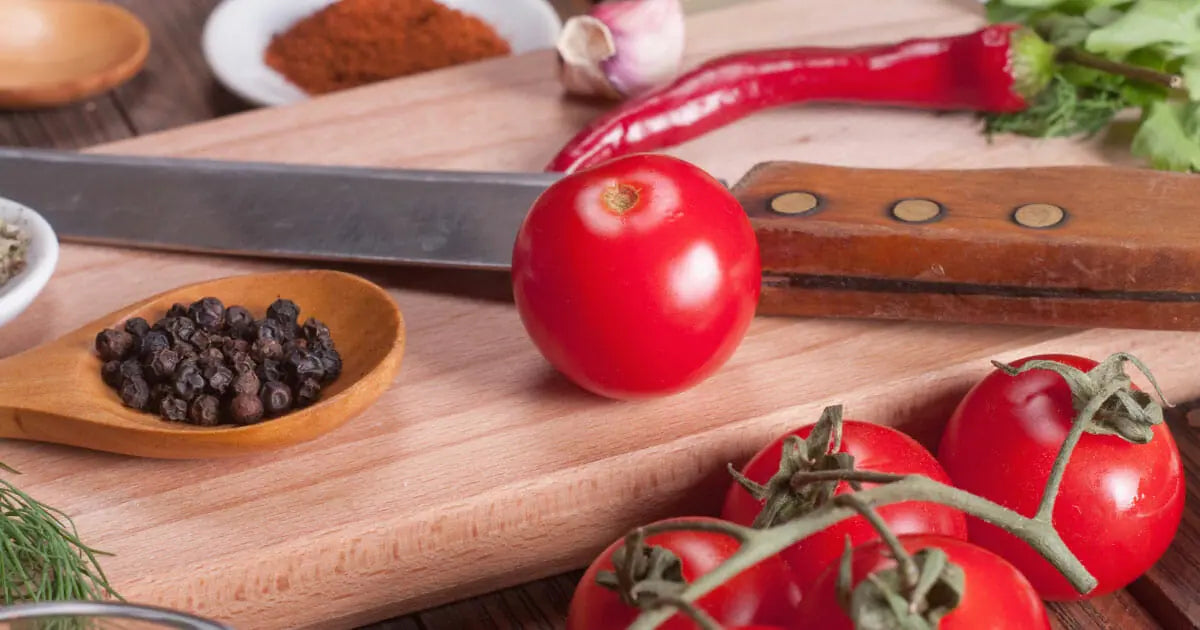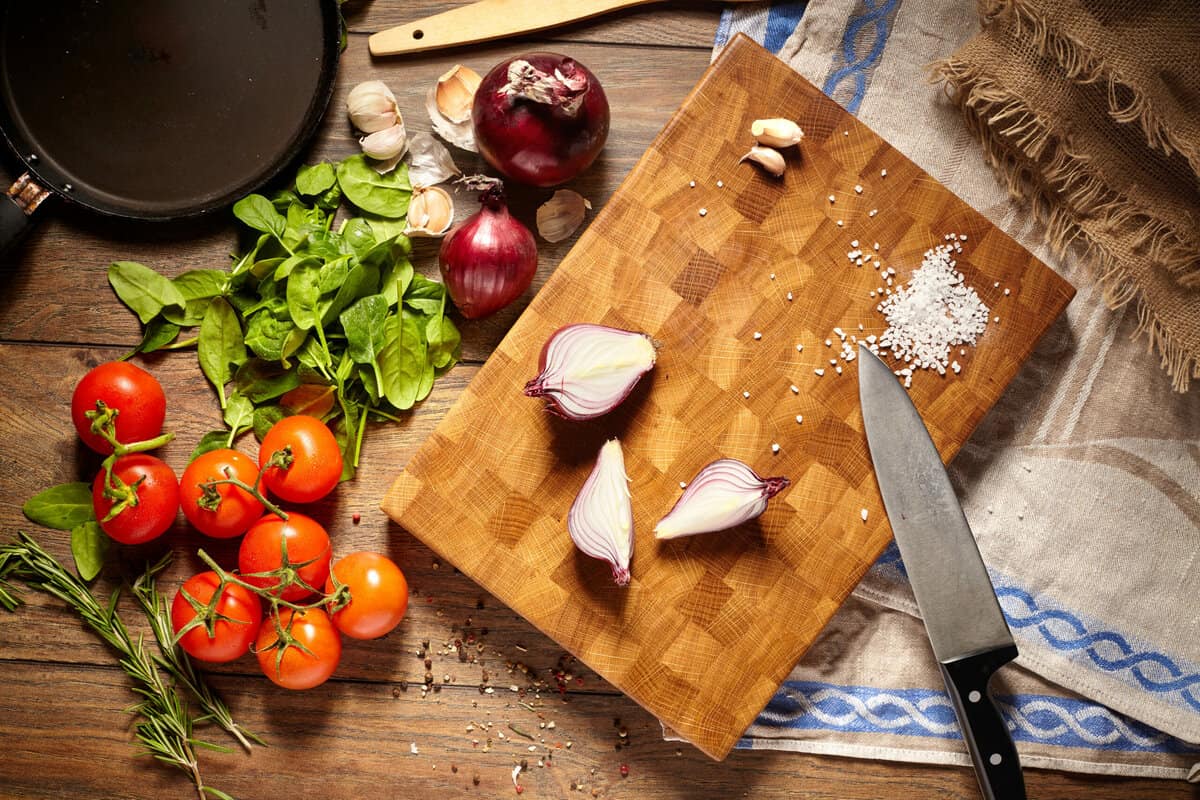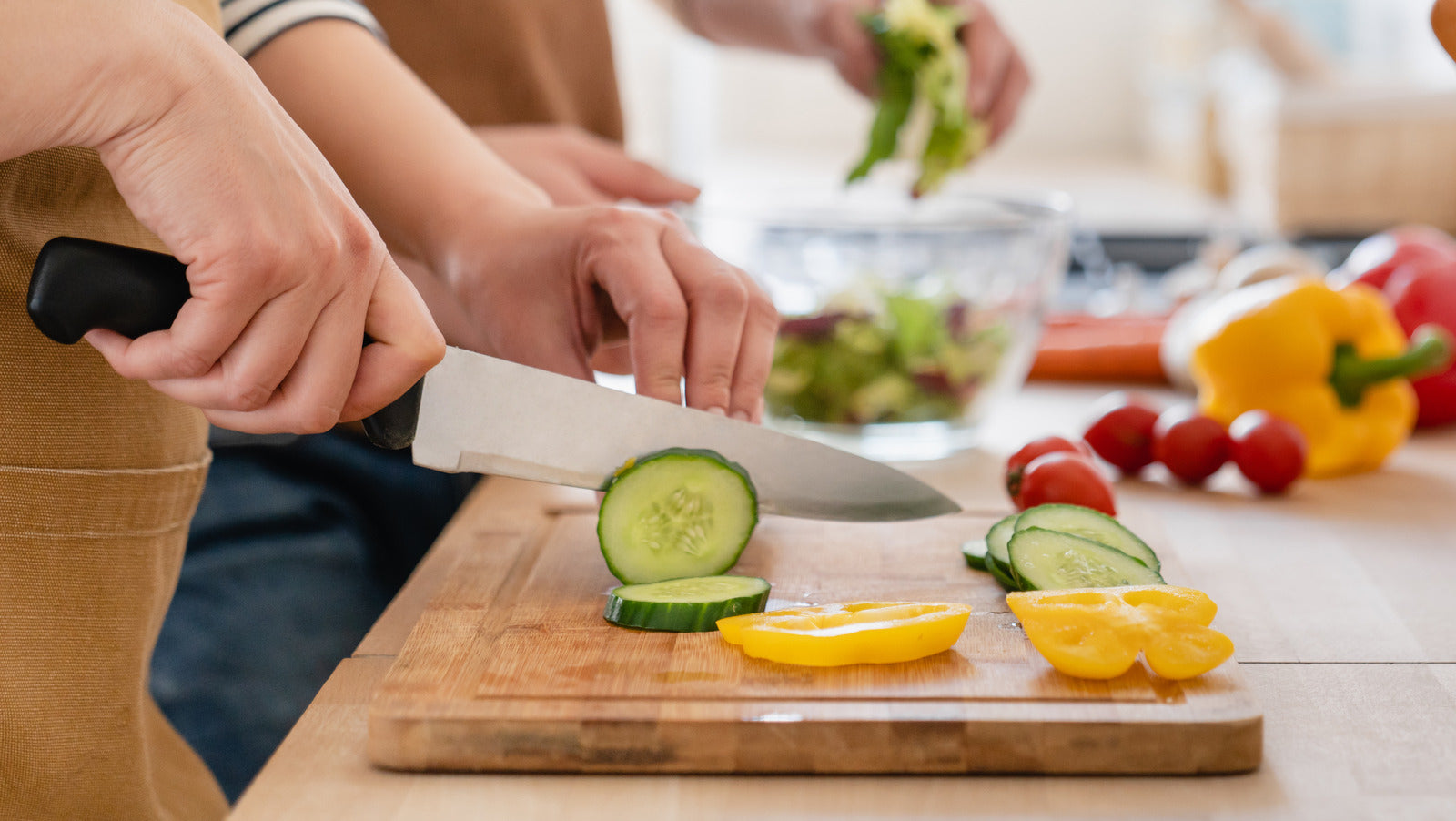When it comes to maintaining top-notch standards in a professional or home kitchen, nothing can be left to chanceincluding selecting the right cutting board for specific food preparations. This seemingly straightforward decision has a life-changing impact on food safety, ingredient cross-contamination, and even the overall pace of your culinary workflow. So, for those whove been wondering, which color cutting board would you use to prepare fresh fruits and vegetables? By the end of this article, not only will you know the answer, but youll also gain remarkable real-world insights approved by kitchen professionals worldwide.
Today, cutting board color coding isn't just about aesthetics; it's about hygiene, health, and efficiency. Whether you're a seasoned chef or just someone delighted to whip up nourishing meals at home, you need to know how these cutting board colors can transform your kitchen experience.

Understanding Cutting Board Color Codes: What Every Professional Must Know
The use of color-coded cutting boards is a technology-approved system developed to minimize risk and ensure organized kitchens. For professional kitchens governed by health codes, having color-coded systems isnt just recommendedits mandatory to adhere to strict food safety laws. For home cooking enthusiasts, it provides an unmissable opportunity to adopt hygienic practices of the highest culinary standards.
But have you ever wondered why specific colors are assigned to particular foods? Lets break this down:
- Red: Meant exclusively for raw meat.
- Blue: Ideal for handling raw fish and seafood.
- Yellow: For raw poultry, including chicken, turkey, and duck.
- Green: Marked for fresh fruits and vegetables.
- White: Used for bakery items and dairy products.
- Brown: Perfect for cooked foods that are ready to serve.
So, Which Color Cutting Board Should You Use for Fresh Fruits and Vegetables?
The answer is green! Green cutting boards are globally recognized as the dedicated surface for preparing fresh fruits and vegetables. From juicy apples to crisp cucumbers, green boards are made to be the safe, hygienic choice. By following this system, you avoid the shocking risks of cross-contamination from raw meats, poultry, or seafoodensuring cleanliness and preventing foodborne illnesses.
According to top chefs and food safety experts, green cutting boards provide a clear signal to kitchen staff that only fresh produce must come into contact with this surface. This simple yet organized system is a big step toward preventing confusion during the hustle and bustle of food prep in a professional kitchen.
Dont just take my word for it. Heres a helpful link on cutting board safety that delves deeper into why assigning specific boards to food types is crucial for combating foodborne illnesses.
The Life-Changing Benefits of Using Color-Coded Green Boards for Produce
Lets take a closer look at why using a green cutting board for fresh fruits and vegetables can make such a remarkable difference:
1. No Cross-Contamination
Ensure that raw meat juices or poultry bacteria dont come into contact with your fresh produce. This guarantees safer consumption for everyone at the dining table.
2. Tremendous Efficiency
The clear visual cue helps kitchen staff quickly identify which board to use without second-guessing, saving valuable time in high-pressure kitchen environments.
3. Long-Term Hygiene Standards
Green boards are usually cleaned and sanitized immediately after use, ensuring no residue flavors or bacteria linger on the surface.
4. Strengthened Compliance
Using a green cutting board signals your commitment to food safety standards. Many kitchen audits and inspections take note of this detail!
For more in-depth knowledge about cutting board care procedures, check out this step-by-step piece on gluing up a cutting board. Its a terrific read for kitchen professionals.
Shocking Missteps in Cutting Board Color Usage
While it may seem obvious, there are some shocking missteps professionals and home chefs alike can make when selecting the right board:
1. Ignoring Color Codes
Failing to use the designated color-coded board can result in cross-contamination and potential health hazards.
2. Using One Cutting Board for Everything
This is a big no-no in a professional kitchen where health violations have severe consequences. Always have multiple cutting boards in various colors!
3. Forgetting Maintenance
Even the best cutting boards require proper cleaning and care. Explore detailed guides like this one on cutting board flattening to extend your board's life.
Technological Advances in Cutting Board Materials
The kitchen industry is no stranger to technological advancements. Todays cutting boards are designed to reduce knife wear while preventing microbial growth on their surfaces. Various modern materials include:
- Plastic: Affordable and lightweight, they are dishwashable and often color-coded.
- Bamboo: Sustainable and naturally antimicrobial.
- Wood: Not color-coded but perfect for dry foods or aesthetic use.
Check out this shockingly informative read about wooden boards for more details!
FAQ: Cutting Boards for Kitchen Professionals
1. Why is the green cutting board used for fruits and vegetables?
Green symbolizes freshness and is universally coded for raw produce to avoid cross-contamination with raw meats or fish.
2. Can I use other boards if I dont have a green one?
Ideally, no. However, if you must, label the board clearly for exclusive use with produce.
3. How often should I replace a cutting board?
When it shows deep cuts or grooves, replace it immediately to avoid harboring bacteria.

Wrapping Up: Your Next Tremendous Steps
By understanding and following cutting board color codes, particularly for fresh fruits and vegetables, youre taking a huge step toward kitchen efficiency and health. The green cutting board is more than a toolits your unmissable ally in delivering safe, high-quality food every day.
Delighted to ensure your culinary success, wed love to hear your thoughts! Feel free to share your cutting board experiences or questions in the comments below. And remember, if you're on the hunt for more exceptional cutting board tips, visit this resource about knife-integrated boardsits an ingenious invention for every chef.
This article contains affiliate links. We may earn a commission at no extra cost to you.






Leave a comment
This site is protected by hCaptcha and the hCaptcha Privacy Policy and Terms of Service apply.